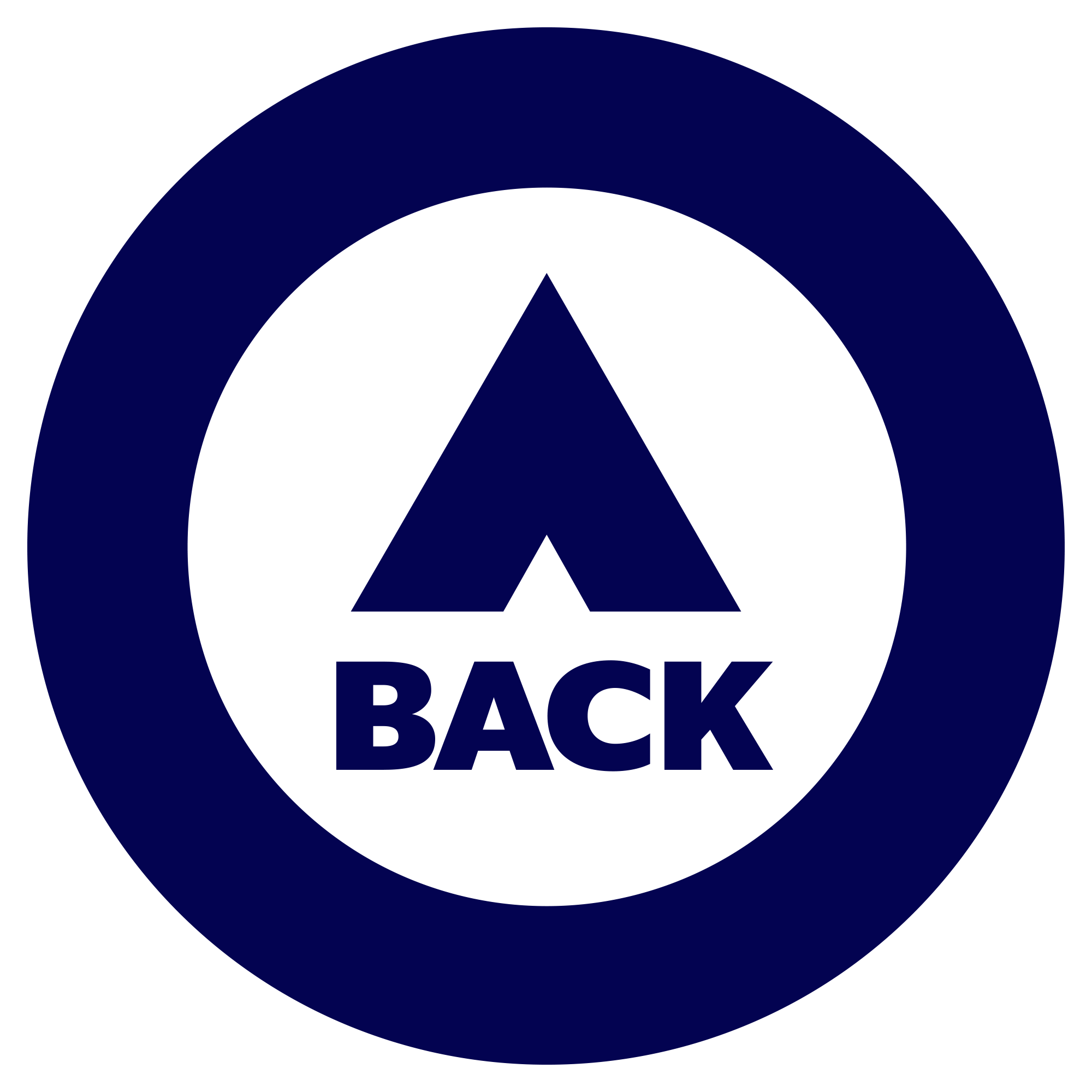Future of Meta Ads
The first quarter of 2024 brought significant challenges for many Meta ad accounts, even for those managed by experienced professionals.
Despite efforts to replicate previous successful campaigns, many advertisers saw a sharp increase in Cost Per Acquisition (CPA) and also faced performance fluctuations, reminiscent of the disruptions following the iOS 14 update in 2021.
In this article, we’ll explore the latest updates from Meta regarding lead generation, share key findings from our extensive testing, and outline the strategies businesses need to adopt to stay ahead.
① Meta's New Lead Generation
With the launch of Facebook Graph API v19.0 and Marketing API v19.0 on January 23, 2024 [LINK], Meta introduced new lead generation guidelines intended for helping advertisers optimize their campaigns. These updates provide valuable tools and insights for enhancing ad performance across Meta’s platforms.
A. CRM Integration with Conversions API
Meta’s Conversions API now offers a more direct and reliable connection between your marketing data—whether it’s from your website, app, or CRM system—and Meta’s platforms. This integration allows businesses to sync customer interactions seamlessly with Meta, creating more targeted and efficient campaigns.
For lead generation, this means you can directly connect your CRM with Meta’s ad systems, enabling better tracking of customer interactions and more personalized follow-ups. By combining marketing and sales data, businesses can refine their strategies and improve lead nurturing efforts.
B. Advantage+ Audience for Targeting
Meta’s Advantage+ Audience is an AI-driven tool designed to help advertisers identify the best potential audiences for their ad sets. By analyzing past engagement and behavioural patterns, this tool offers more precise targeting, often resulting in lower CPAs.
Meta reports that small businesses using Advantage+ Audience have seen an 8% reduction in cost-per-lead compared to traditional targeting methods. To maximize results, we recommend A/B testing this tool against your current audience targeting strateg
C. Aligning Campaigns with Seasonal Trends
Another recommendation from Meta is to align your campaigns with seasonal trends, taking advantage of periods when consumer activity is higher, such as during New Year's resolutions or summer holidays. By tapping into these trends, businesses can increase engagement and optimize their ad spend.
② Adapting Campaign Structures
Recent changes in Meta’s ad environment have prompted a shift in campaign structure. The old approach of duplicating winning ad IDs from dynamic creative tests has become less effective. Instead, we now rely on breakdown columns in Ads Manager to identify and recreate successful variables.
Our new strategy focuses on creating separate campaigns for each offer to avoid diluting the message. Dynamic creative tests play a key role, while scaling ad sets have been temporarily deprioritized.
Regular monitoring and fine-tuning of campaigns are essential. We recommend testing a range of audiences, especially using detailed interest targeting, and comparing the performance of Meta Pixel campaigns with other targeting setups. Broad targeting should be used cautiously, and only when Meta Pixel campaigns consistently outperform alternatives.
③ Data-Driven Decision Making
As tracking challenges persist, concentrating on campaign-level metrics, especially CPA, is critical. Reaching new audiences will often result in higher CPAs, but this is essential for growth.
To make informed decisions, we rely on rigorous data tracking using tools like Triple Whale, though even a simple Google Sheets setup should be effective. By leveraging historical data, advertisers can optimize current strategies and maximize their return on investment.
④ Optimizing Landing Pages
A well-aligned post-click experience is crucial for driving down CPAs. We’ve increased our efforts to test a variety of landing pages, advertorials, and listicles to find the most effective formats. By identifying pages with low bounce rates and high conversion rates, we ensure our ads resonate with the target audience.
Ensuring that the ad message aligns with the landing page content is key. Moreover, Meta Pixel continues to learn from these user interactions, further optimizing campaign outcomes over time.
⑤ Embracing Diversification
To achieve long-term success, businesses should diversify their ad spend beyond Meta’s platforms. Google, YouTube, TikTok, and X (Twitter) may offer smaller CPMs but provide untapped potential for reaching new audiences.
As tracking strategies evolve—especially with Google’s phase-out of third-party cookies—advertisers must adapt. Incorporating web analytics data, focusing on direct response marketing, and paying close attention to customer feedback will be essential for success in the changing digital landscape.
Closing
The challenges of Q1 2024 have been significant, but they also present opportunities for growth. By embracing agility, diversifying campaign strategies, and staying customer-focused, businesses cannot only weather the changes but thrive. Success will come from continual evolution and adaptation to the ever-changing advertising environment.
ADDITIONAL TIPS:
Get Busy with Facebook Messenger
Meta ad accounts often receive an influx of spam messages such as "your page will be deleted." To maintain a healthy account, it’s important to log in daily, mark these messages as spam, and block the senders. Over time, this proactive management helps Meta’s algorithm learn and can even contribute to lower Cost Per Conversion (CPC).






